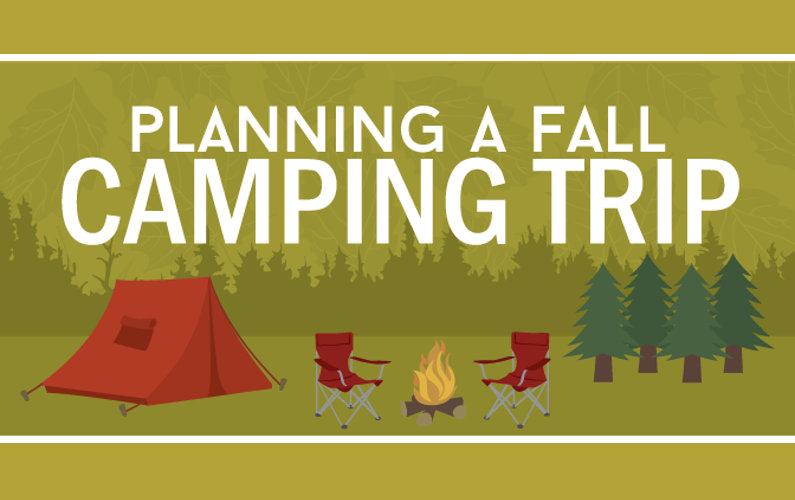Optimize Your Online Camping Tents Company Operations And Sell Camping Tents
Optimize Your Online Camping Tents Company Operations And Sell Camping Tents
Blog Article
How to Properly Set Up Your Camping Tent Before Camping
Setting up your tent can be a difficult job for even knowledgeable campers. This overview will certainly cover the fundamentals of pitching a camping tent correctly and safely so you can enjoy your camping trip without stress or worry.
Can you sleep in a tent when it's raining?
Begin by laying out your tent's footprint and ground sheet to protect your tent flooring from rocks, sticks, dust, and various other debris. Next, put together the tent poles and fasten them to the edges of the outdoor tents body making use of the proper sleeve or hook.
Selecting the Right Site
When you are exhausted after a long day hiking, you intend to pitch your outdoor tents and prepare yourself to rest. However you must first take a walk around the site to make sure it is secure for outdoor camping. Overlook and as much as discover whether any trees have large dead branches that could fall on your outdoor tents. These are occasionally called widowmakers and you do not want them to drop on you while you're resting.
Additionally make sure to prevent reduced places that might flood during a tornado and to camp far from pet tracks, nests and habitats where ticks and chiggers are most likely to grow. Search for a flat, rock-free spot that allows sufficient for your camping tent and any other gear you'll be bringing.
Some people like to establish their camping tents up so the head end is pointed toward the eastern to catch the sun's warming rays first thing in the early morning. This isn't constantly needed, however it is a nice touch that can help wake you up.
Pitching Tips
It might seem obvious, yet correct camping tent pitching is just one of one of the most essential factors in a good night's rest. Having a practice run in your home will aid you acquaint yourself with your outdoor tents, locate all the pole sleeves and bolts, and make certain whatever is in area. It's likewise a great time to exercise utilizing guylines for stability and to uncover any type of broken items.
When you come to your camping website, take a look at the terrain to see if it appropriates for your camping tent. A good guideline is to pitch the tent on a level, degree spot with a minor downhill angle. This will permit rainfall to drain away from the camping tent rather than merging in front of it.
If you can not find a degree area, consider putting a tarp or various other groundsheet under your camping tent impact to secure it from moisture. This can additionally help maintain dirt out of the outdoor tents.
Utilizing Guylines Effectively
Making use of man lines properly is important to making sure your outdoor tents or hammock stays safe and secure in high winds and other negative weather. A guy line is a rope or cable that attaches to the ground via loops and D-rings in the framework, tarp, or rainfly.
Begin by safeguarding one end of the line to a guyout loop on your outdoor tents or rain fly, or to the post it's attached to. After that loop the various other end of the line over a stake put faraway from the framework and tighten it.
Keeping your shelter's individual lines taut will certainly avoid sagging or sagging throughout gusty conditions, protecting against moisture from leaking right into the tent or damages to the structure and boosting comfort and security throughout camping. Constantly examine the tension of your individual lines during and after unfavorable weather conditions to ensure they continue to be protected. Furthermore, consider loading an individual line tensioner to quickly readjust and maintain the appropriate quantity of tension in your lines.
Removing the Outdoor tents
When working out right into your campsite, discover in tent a place with a flat area and clear it of rocks and particles. Also, make sure to set an outdoor tents footprint or tarp a little smaller than your camping tent body to stop water merging. This helps maintain your outdoor tents dry from rain or condensation and can be specifically helpful in windy locations.
Analyze your equipment, including the camping tent things sacks to see to it nothing is missing. Examine that the posts fit into their clips and replenish first-aid items if needed.
When it's time to pitch your outdoor tents, start by orienting the doors downwind, and stake down each corner of the camping tent. If the ground hangs or sandy, take into consideration spreading a tarp under your camping tent to shield it from wind and reduce the possibility of your outdoor tents toppling. Additionally, be sure to utilize guylines efficiently to restrain your rainfly and maintain it tight. A well-pitched tent can avoid dripping, condensation, and sunlight damages.
Is camping in a camper really camping?
